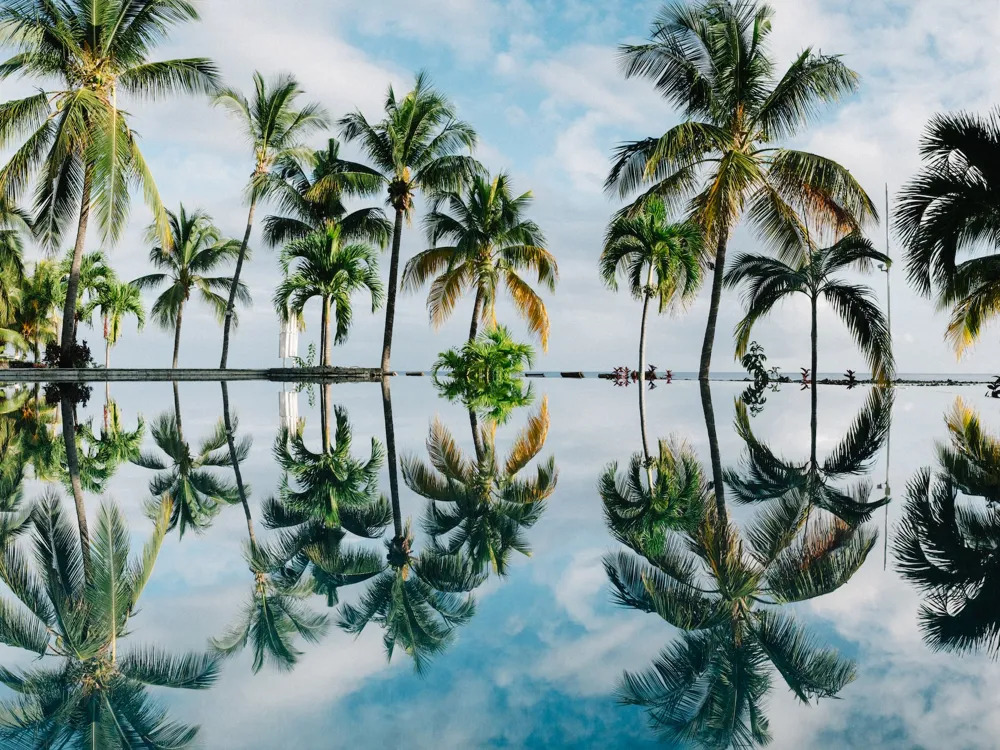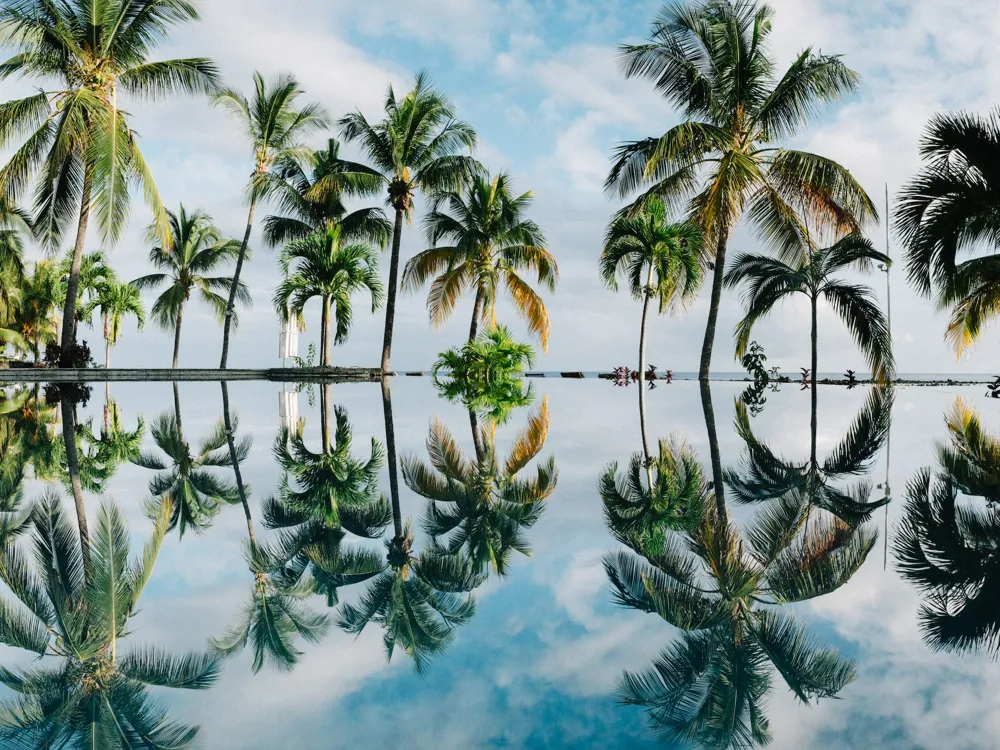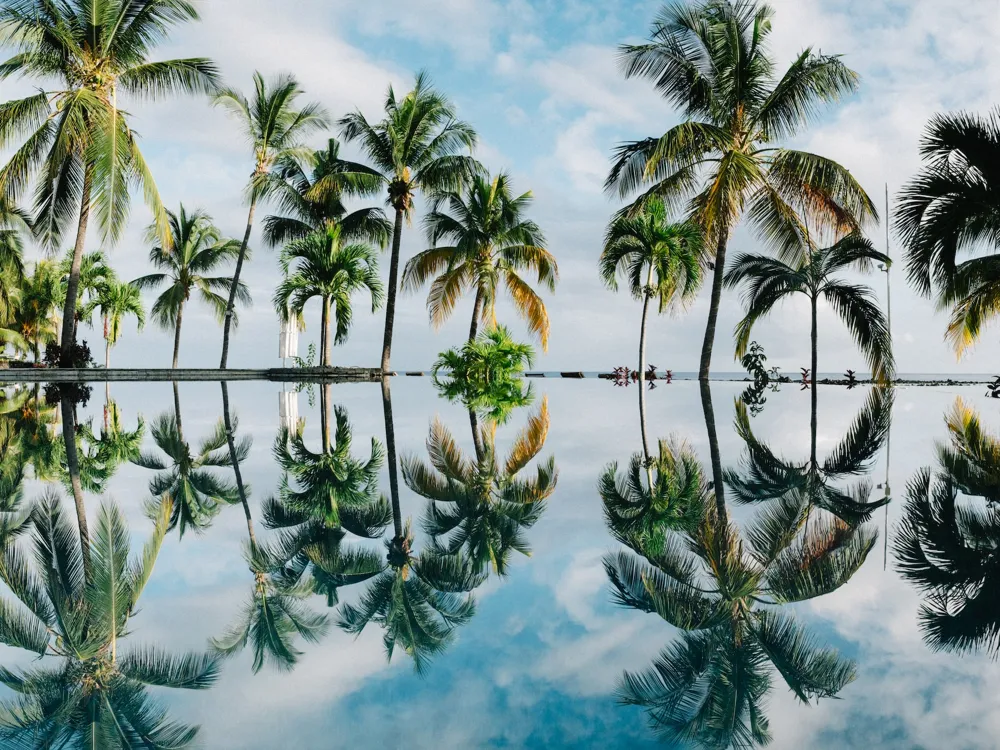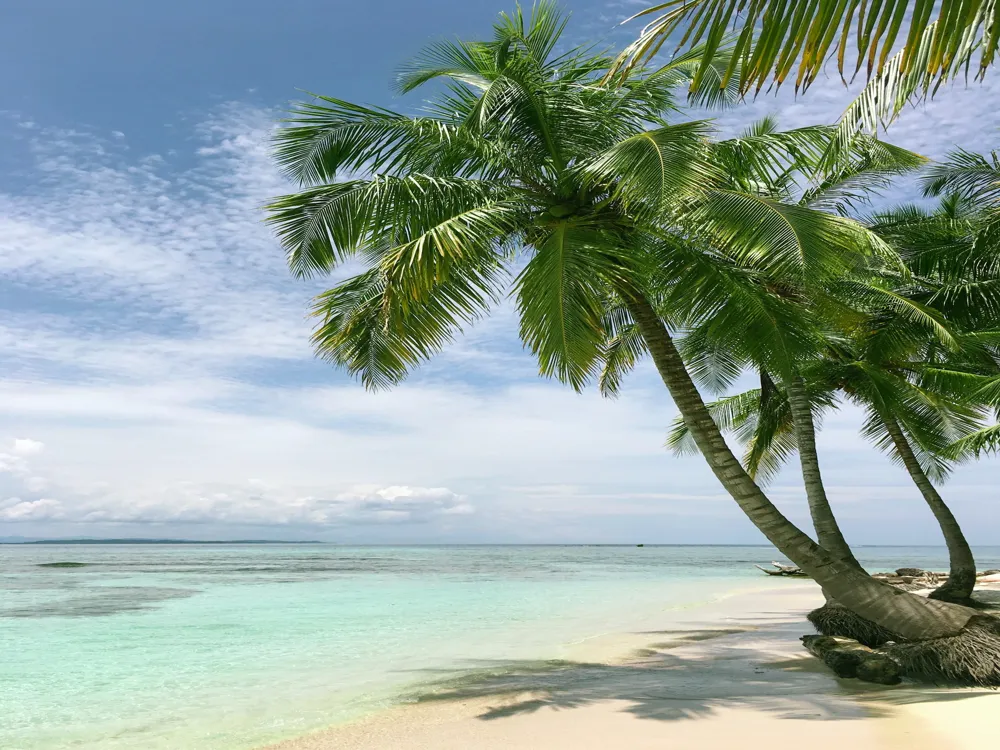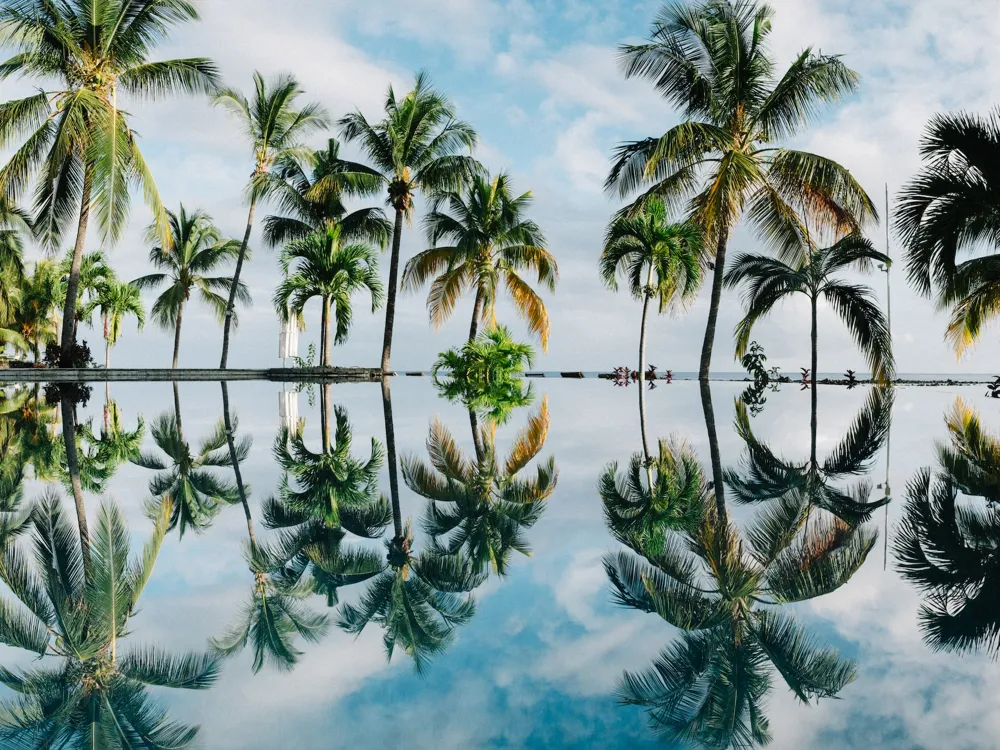The International Slave Route Monument, situated on the breathtaking Le Morne Peninsula in Mauritius, stands as a poignant tribute to the resilience and courage of slaves in the face of unimaginable hardship. This monument not only commemorates the suffering and resistance of slaves but also serves as a powerful symbol of human rights. Le Morne Peninsula, a UNESCO World Heritage Site, is steeped in history, with its rugged mountains and serene beaches narrating tales of the past. The monument is a critical site for understanding the global impacts of slavery and the slave trade, making it an essential visit for those interested in history, human rights, and cultural heritage. The history of the International Slave Route Monument is deeply intertwined with the story of Mauritius itself. During the 18th and early 19th centuries, Le Morne Peninsula served as a refuge for runaway slaves, known as maroons. The rugged terrain of the peninsula provided a perfect hideout, and over time, it became a symbol of the slaves' fight for freedom. The monument recognizes not only the suffering of these individuals but also their strength and resilience in the face of oppression. It's a place that invites reflection on the past and its continuous impact on the present. The monument has had a profound cultural impact on Mauritius and beyond. It stands as a testament to the island's complex history and the diverse cultures that have emerged from this past. The site has become a focal point for discussions and education about slavery and its legacy, promoting a deeper understanding of the cultural and social fabric of Mauritius. The architecture of the International Slave Route Monument is a harmonious blend of symbolism, functionality, and aesthetic beauty. Designed to reflect the solemnity of its purpose, the monument incorporates elements that are deeply symbolic of the slave route and its history. The architectural design is not just a backdrop but an integral part of the monument's narrative, contributing to the overall experience of the visitors. The design of the monument is a thoughtful representation of the journey and struggle of the slaves. Key architectural elements include pathways, sculptures, and symbolic structures, each narrating a different aspect of the slave experience. The use of natural materials and the strategic placement of the monument within the landscape of Le Morne Peninsula enhance its significance and impact. Every aspect of the monument's architecture is imbued with symbolism. From the layout that mimics the disorienting journey of the slaves to the sculptures that depict their pain and hope, the architecture tells a story. The use of natural light and shadow, the flow of the space, and the interaction of the monument with its surroundings all contribute to a powerful, immersive experience for visitors. Interactive elements are integrated into the architectural design to engage visitors actively. These include information panels, guided tours, and multimedia displays that provide context and background to the monument. This interactive approach helps visitors to connect more deeply with the history and significance of the site. It's important to plan your visit to the International Slave Route Monument in advance. Check the opening hours and consider visiting early in the day to avoid crowds. Also, be sure to allocate enough time to fully experience the site, as there is much to see and learn. Given the solemn nature of the monument, visitors are encouraged to behave respectfully. This includes speaking softly, avoiding disruptive behavior, and showing reverence at the various symbolic sites within the monument. Consider taking a guided tour for a more in-depth understanding of the monument's history and significance. Expert guides can provide valuable insights and answer questions you may have about the site and its history. Reaching the International Slave Route Monument at Le Morne Peninsula is a journey in itself, filled with stunning views and a sense of anticipation. The monument is accessible by various means of transportation, depending on your preference and starting location. Driving to the monument is perhaps the most convenient way to reach it, especially if you're staying elsewhere on Mauritius. The roads are well-marked, and parking is available near the site. Car rentals are available across the island for this purpose. For those preferring public transport, buses run regularly to Le Morne Peninsula from various parts of the island. While this option might take longer, it offers a chance to experience the local way of life and enjoy the scenery. Many visitors opt for guided tours, which often include transport to and from the monument. This is a great option if you're looking for a hassle-free experience and the opportunity to learn more about the site during your journey. Read More:Overview of International Slave Route Monument at Le Morne Peninsula, Mauritius
History and Significance
Cultural Impact
Architecture of International Slave Route Monument
Design and Structure
Symbolism in Architecture
Interactive Elements
Tips When Visiting International Slave Route Monument
Planning Your Visit
Respectful Behavior
Guided Tours
How To Reach International Slave Route Monument
By Car
Public Transportation
Guided Tours
International Slave Route Monument
Le Morne Peninsula
Mauritius
₹ 24,899 onwards
View mauritius Packages
Weather :
Tags : Monument
Time Required : 1-2 hours
Entry Fee : No entry fee
Planning a Trip? Ask Your Question
Mauritius Travel Packages
View All Packages For Mauritius
Top Hotel Collections for Mauritius

Private Pool

Luxury Hotels

5-Star Hotels

Pet Friendly
Top Hotels Near Mauritius
Other Top Ranking Places In Mauritius
View All Places To Visit In mauritius
View mauritius Packages
Weather :
Tags : Monument
Time Required : 1-2 hours
Entry Fee : No entry fee
Planning a Trip? Ask Your Question
Mauritius Travel Packages
View All Packages For Mauritius
Top Hotel Collections for Mauritius

Private Pool

Luxury Hotels

5-Star Hotels

Pet Friendly







